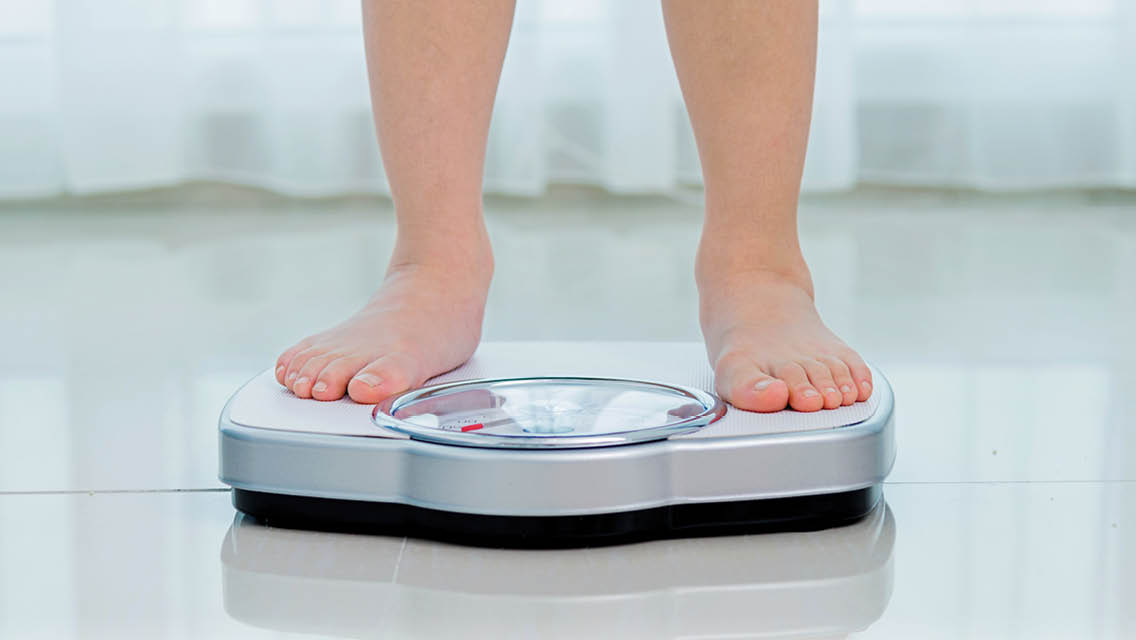Obesity was classified as a disease by the American Medical Association (AMA) in 2013, and physicians then began to accept body mass index (BMI) as a way to measure a patient’s health risk — and to convince insurers to cover treatments.
Now, 11 years later, the AMA is warning doctors that BMI doesn’t tell the whole story.
During its annual meeting in June 2023, AMA delegates approved a new policy encouraging physicians to use BMI only in conjunction with other measurements, such as visceral fat, body adiposity index, relative fat mass, waist circumference, metabolic function, and genetic factors.
“There are numerous concerns with the way BMI has been used to measure body fat and diagnose obesity, yet some physicians find it to be a helpful measure in certain scenarios,” noted the group’s immediate past president, Jack Resneck Jr., MD. “It is important for physicians to understand the benefits and limitations of using BMI in clinical settings to determine the best care for their patients.”
BMI can be a useful metric when assessing population-level trends, says Mayo Clinic cardiologist Francisco Lopez-Jimenez, MD, but it can’t distinguish between fat, muscle, and bone. And because it was originally accepted as an accurate weight metric based on research that largely excluded racial minorities, it tends to deliver misleading data when applied to BIPOC patients.
Black patients typically have lower body-fat percentages and more muscle mass when compared with white people displaying the same BMI, Lopez-Jimenez tells Scientific American. People of Asian descent, on the other hand, tend to carry more body fat than what their BMI suggests. In both cases, physicians may be making diagnoses without accurate information.
“Relying on BMI to diagnose obesity,” he argues, “is like diagnosing diabetes on the basis of weight instead of testing someone’s blood-sugar level.”
For a more reliable picture, Lopez-Jimenez advises physicians to use DEXA scans, which can estimate a patient’s fat tissue, as well as to check blood pressure and order blood tests to measure cholesterol and triglycerides. “That gives us a better picture about the health risk of a patient.”





This Post Has 0 Comments